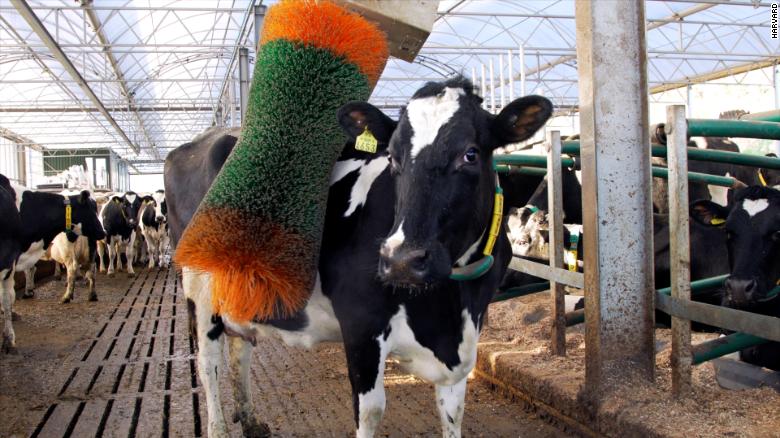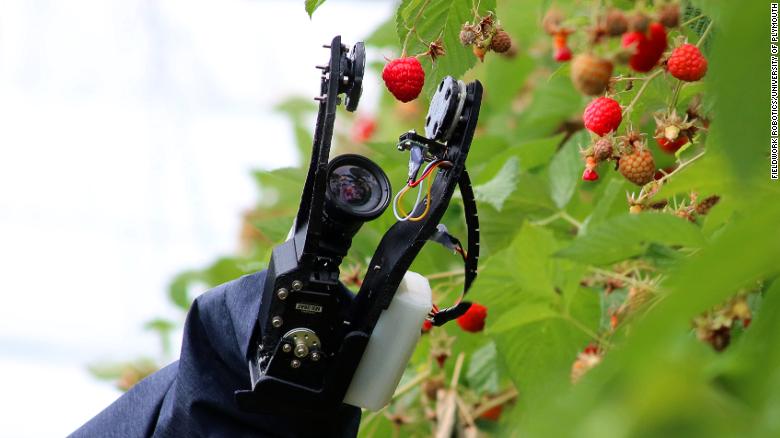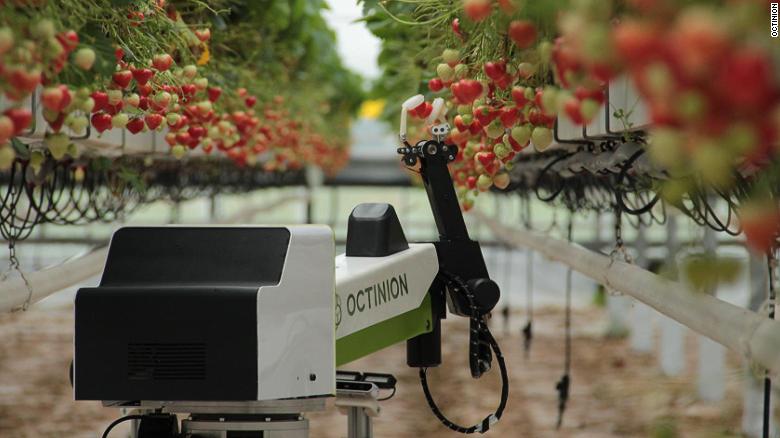New graduates starting a business career have plenty of challenges: landing a job, finding a place to live, scrambling to make rent—all while trying to plot the next step in their career. Increasingly, it looks like they’ll need to add another worry to the list: competing with robots.
If that sounds like the premise of some screwball sci-fi movie (or reminds you of this Flight of the Conchords video), think again. Over the past several years, a growing chorus of experts, including economists, technologists, and management consultants, have begun warning of widespread job losses in coming decades as advances in artificial intelligence and automation enable machines to take on more and more complex tasks.
– Gartner, an information technology and research advisory firm, estimates a third of jobs will be replaced by software, robots, and smart machines by 2025.
– In a 2013 study, Oxford professors Carl Frey and Michael Osbourne found that machines could replace about 47 percent of our jobs over the next 20 years.
– The McKinsey Global Institute recently concluded that, just by implementing technologies that already exist, global businesses could automate 45 percent of the activities they now pay workers to perform.
Some experts are less gloomy. J.P. Gownder, an analyst with the Boston-based high tech research firm Forrester, estimates that new automation will cause a net loss of “only” 9 million U.S. jobs by 2025. Gownder argues that even as it wipes out some jobs, automation will create new ones, including some entirely new job categories we haven’t even thought of yet. Andrew Moore, dean of the School of Computer Science at Carnegie Mellon University and former head of robotics at Google, says he finds no evidence technology is stealing jobs.
But the list of pessimists includes an imposing roster of science and technology heavyweights. Physicist Stephen Hawking worries about “anthropogenic AI”—robots that might decide to kill us off. He told the BBC recently that AI and robots “could spell the end of the human race.” Elon Musk, head of Tesla and SpaceX, calls artificial intelligence humanity’s “biggest existential threat” and has donated millions to efforts seeking ways to keep AI from turning on its creators.
Steve Wozniak, co-founder of Apple, recently told the Australian Financial Review, “computers are going to take over from humans, no question,” adding, “the future is scary and very bad for people… Eventually computers will think faster than us and they’ll get rid of the slow humans to run companies more efficiently.”
“Eventually computers will think faster than us and they’ll get rid of the slow humans to run companies more efficiently.”
Even former U.S. Deputy Secretary of the Treasury Larry Summers, long an advocate of technology’s unalloyed benefits, has changed his view, writing: “Until a few years ago, I didn’t think this was a very complicated subject. The Luddites were wrong and the believers in technological progress were right. I’m not so completely certain now.”
Luddites, of course, were 19th century British textile workers who rose up in rebellion against labor-saving production techniques. As that reference implies, the debate about whether technology destroys jobs goes back centuries—and the doomsayers have always been proved wrong.
One of techno-optimists’ favorite examples is agriculture. Two centuries ago, more than 80 percent of the U.S. labor force worked on farms. Today, thanks to advances in mechanization, farmers account for less than 2 percent of the U.S. workforce and we have more food at lower prices than ever.
But Martin Ford, author of the recent book Rise of the Robots: Technology and the Threat of a Jobless Future, argues the technologies driving the current transformation of the economy are different. Improvements in agricultural methods, he points out, weren’t readily transferrable to other sectors of the economy. By contrast, today’s technologies make use of broad-based, general-purpose intelligence. Machines are animated by algorithms that enable them to adapt, to learn, to think.
These brainy new bots are part of a host of other technological changes so sweeping that organizers of this year’s World Economic Forum in Davos, Switzerland proclaimed the dawn of a “Fourth Industrial Revolution,” a brave new world in which “billions of people connected by mobile devices with unprecedented processing power, storage capacity and access to knowledge” are conjoined with “emerging technology breakthroughs in fields such as artificial intelligence, robotics, the Internet of Things, autonomous vehicles, 3-D printing, nanotechnology, biotechnology, materials science, energy storage, and quantum computing.”
In the Davos chronology, the First Industrial Revolution used water and steam to mechanize production; the Second used electric power to create mass production; and the Third used electronics and information and technology to automate production. And now, in the Fourth, we are experiencing a “fusion of technologies that is blurring the lines between the physical, digital, and biological spheres.”
An early milestone in the emergence of thinking machines was May 1997, when IBM’s Deep Blue supercomputer defeated Garry Kasparov, then the world chess champion. Then in 2011, IBM’s supercomputer, Watson, triumphed over Jeopardy superstars Ken Jennings and Brad Rutter.
A year later, Boston-based Rethink Robots rolled out Baxter, a friendly looking robot designed to work alongside humans on the factory floor. Baxter wasn’t a multi-million-dollar super-computer; it was built to human scale and priced at $25,000. Baxter doesn’t have to be programmed—it can learn from watching the movements of people, or by allowing humans to move its flexible arms—and can beat any human at the popular logic game Connect Four. Thanks to recent upgrades, Baxter’s grip is soft enough to cook an egg.
More and better Baxters are coming. Amazon already has thousands of robots sorting items in its fulfillment centers, and envisions replacing delivery workers with a fleet of aerial drones. As of February, there were more than 260,000 robots working in U.S. factories, according to the trade group Robotic Industries Association.
China, which last year became the world’s largest market for industrial robots, means to be at the vanguard of this revolution. Foxconn, China’s largest private employer and a primary supplier to Apple, announced this year that it had installed robots to eliminate 60,000 jobs in a single factory.
Factory jobs aren’t the only jobs at risk. Any kind of office work that involves repetitive tasks such as filling out reports or preparing spreadsheets can be easily replaced with software. Computers are certain to take over many tasks now performed by paralegals and lawyers, especially in big cases where the discovery process can involve millions of documents.
Factory jobs aren’t the only jobs at risk. Any kind of office work that involves repetitive tasks such as filling out reports or preparing spreadsheets can be easily replaced with software.
The Associated Press has shown that computers can generate error-free corporate earnings reports and cover certain types of sporting events. Watson is far more accurate than human doctors at diagnosing lung cancer. A significant share of tasks performed by what are currently high-paying occupations such as financial planners, physicians, and equities traders can be automated with existing technologies.
And will we really need so many taxi drivers when ride-hailing platforms like Uber and Lyft can be paired with self-driving cars piloted by Google, Amazon and Baidu?
What will be left? It isn’t clear. Optimists insist robots will free humans from drudgery and enable us to focus on the types of imaginative tasks in which humans excel. And of course companies will still need engineers to design, program, oversee, and maintain all those computers.
Ford and others fear that, while advances in technology may not eliminate human work completely, they are certain to polarize the labor market, creating higher demand for a smaller number of people with a limited set of professional and technical skills.
How to survive this transformation? The best advice we can offer is to be flexible, keep learning, and prepare for the way you work to change far more rapidly than anything experienced by previous generations.







